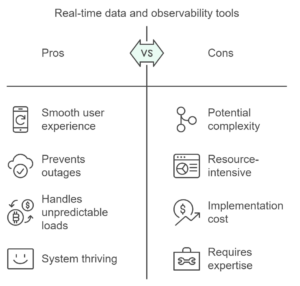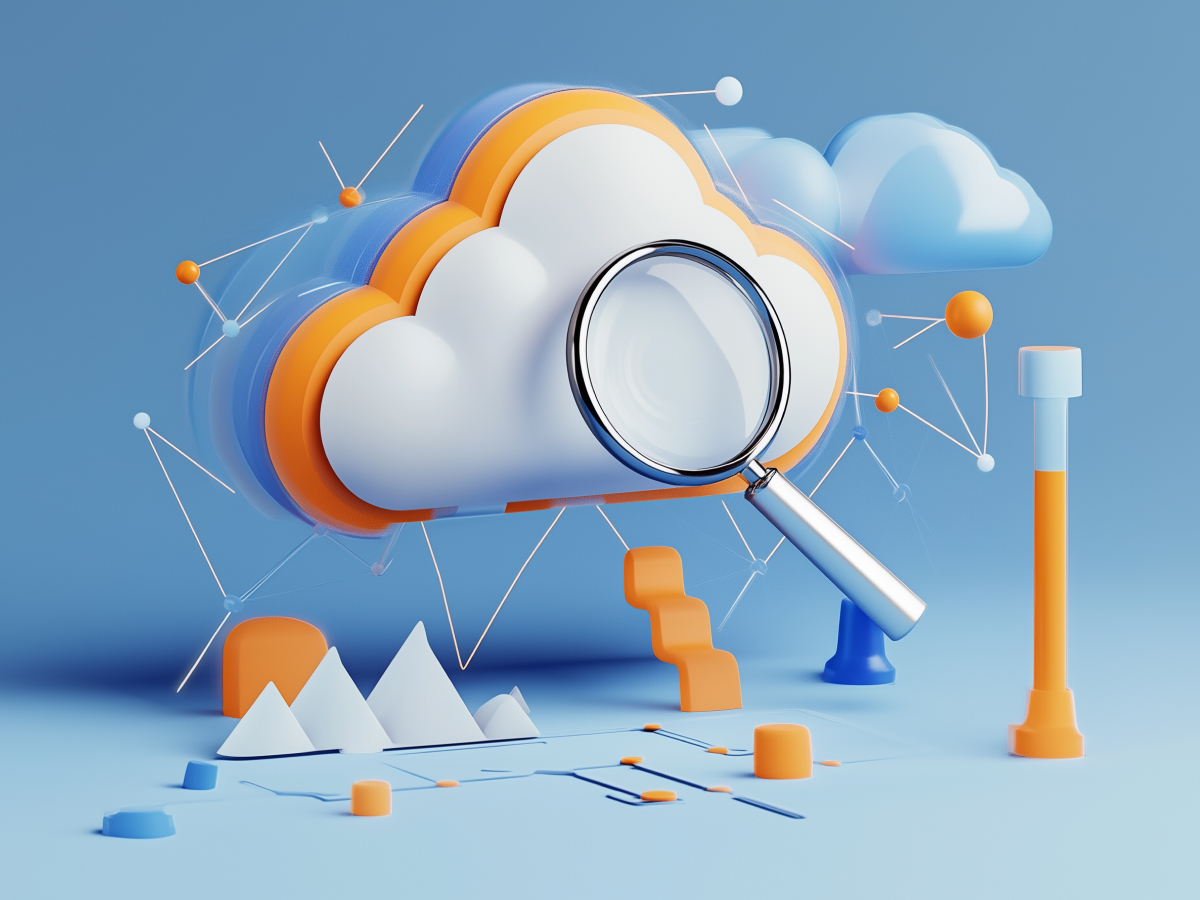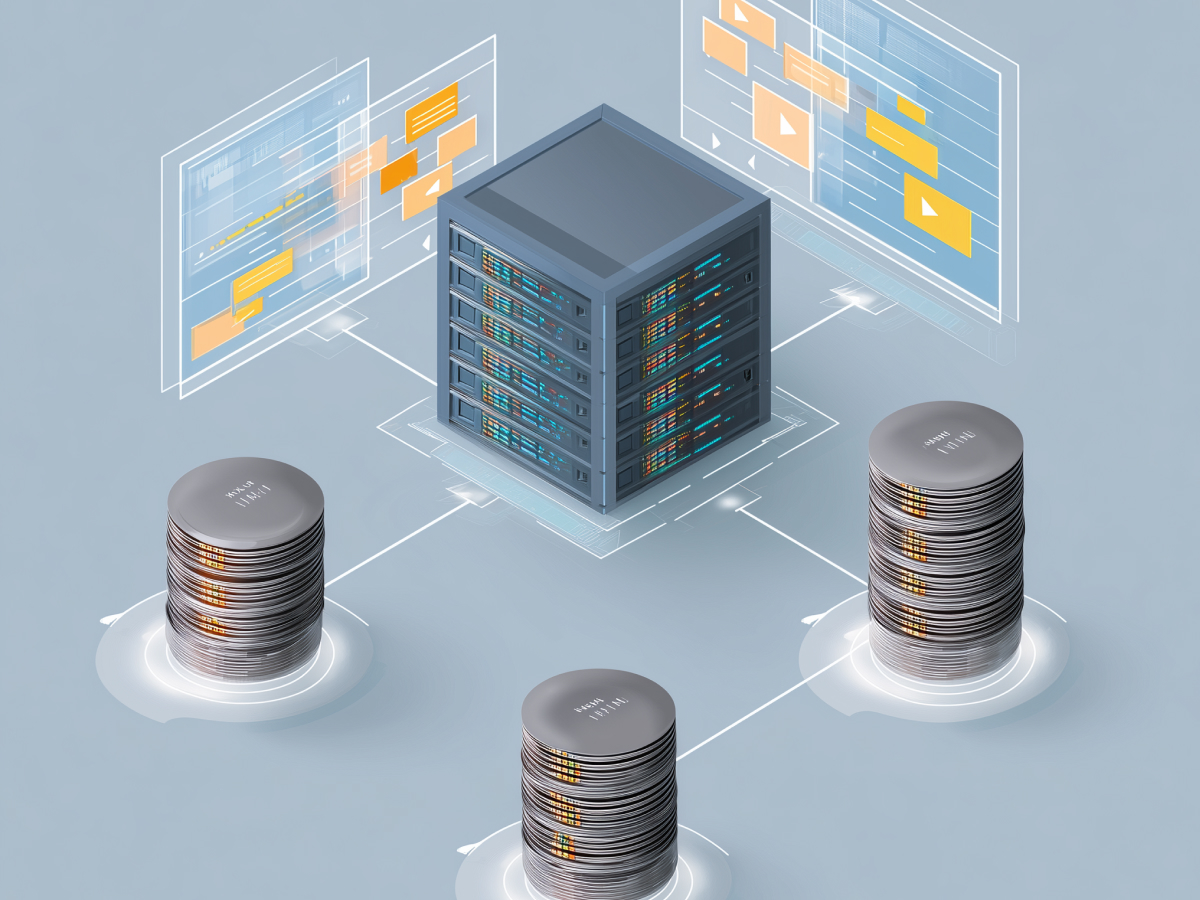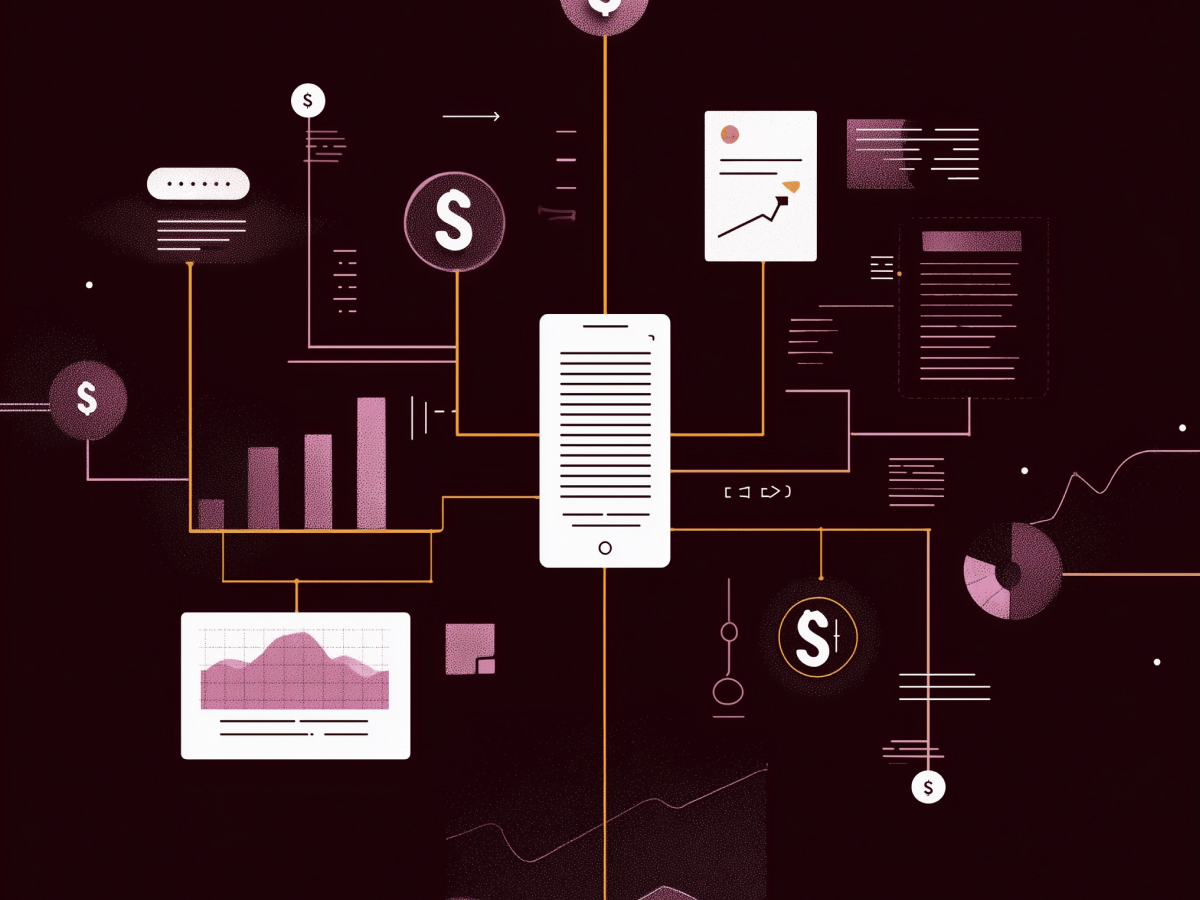The complexity of cloud infrastructure today is off the charts. You’ve got systems spanning multiple clouds, hybrid setups, and workloads bouncing between on-premises and the cloud and traditional monitoring tools can’t keep up. Observability takes this to the next level by leveraging data from logs, metrics, and traces. Think of it as the GPS of your cloud environment, giving you real-time insight into where your systems are and where potential roadblocks lie.
The beauty of observability lies in its ability to optimize performance and predict issues before they create problems. Imagine knowing your network is about to hit capacity or spotting a microservice failure before it cascades through your system. These insights are key for staying ahead in a competitive market.
Only 11% of organizations globally, and a mere 8% in the UK, have reached the “leading” stage of observability maturity, according to Splunk’s 2024 report. This gap is an opportunity for companies to leapfrog the competition by taking full control of their cloud ecosystems. British enterprises, in particular, have room to innovate and close this gap.
Observability transcends traditional monitoring
Traditional monitoring is like checking your phone battery only when it’s dead. It tells you what’s already happened, not what’s about to go wrong. Observability flips this. Instead of waiting for a system to fail, it pulls real-time data to give you a full picture of what’s happening across your infrastructure.
Observability aligns perfectly with modern operational practices like DevOps and CI/CD. These methodologies thrive on rapid feedback and adaptability, and observability feeds them the critical insights they need. Whether it’s optimizing resource allocation or identifying bottlenecks in development pipelines, keeping teams agile and systems robust.
“Observability also helps you predict and sidestep disruptions. Think of it as going from simply reacting to driving innovation. Your teams won’t only be fighting fires, they’ll be the engineers designing fireproof systems.”
This proactive model is table stakes for staying competitive in a cloud-first world. If you’re relying solely on monitoring, you’re missing the forest for the trees.
Complex cloud ecosystems need advanced observability tools and practices
Modern cloud systems are intricate, almost like living organisms. They’re built on microservices, powered by APIs, and run in containers that often span multiple environments. Traditional monitoring on a complex ecosystem only gives you fragments of the bigger picture.
Observability, on the other hand, integrates data from every corner of your system, then uses AI and machine learning to make sense of it all. Patterns emerge, anomalies are flagged, and insights become actionable. You’re giving your systems the agility to scale up or down without skipping a beat.
What’s the takeaway? Real-time data can be the difference between a smooth user experience and a catastrophic outage. Observability tools keep systems running and thriving, even under unpredictable loads.

Real-time data and observability tools
Success requires a cultural and technical shift
Observability isn’t something you can bolt onto your existing processes, it’s a mindset shift. You’ve got to embed it into the DNA of your organization. Start by instilling a culture where data is king. Your teams—whether in development, operations, or business—need to see observability as the glue that ties everything together.
From a tech perspective, you need tools that do more than collect data; they need to analyze and visualize it in ways that make sense. Those tools need to integrate seamlessly across all components of your cloud ecosystem, especially in multicloud setups.
Collaboration is also a must-have. Sharing dashboards and insights between teams breaks down silos and makes solving problems a joint effort. When everyone’s on the same page, troubleshooting is faster, and systems perform better. It’s the difference between playing as individuals versus a coordinated team.
Continuous investment and adaptation are key
You can’t set and forget observability. Cloud technologies evolve too quickly, and what works today might be obsolete tomorrow. Success here means constantly evaluating your tools and practices. Stay ahead of the curve by investing in the latest advancements and, most importantly, in your people. Training is key here for a great observability strategy. Equip your teams with the skills to extract maximum value from your tools.
When done right, this ongoing commitment brings tangible benefits: faster incident responses, more reliable systems, and tighter alignment between technical teams and business goals. Observability is a longer-term journey, and the companies that treat it as such will always stay a lap ahead of the competition.
Final thoughts
In a world where milliseconds of downtime can cost millions and customer trust is won or lost in a heartbeat, how are you preparing your systems to be smarter, faster, and more resilient than your competitors? So, are you ready to turn your data into your greatest competitive weapon, or will you let complexity hold you back?




